 December 2, 1991: Apple ships its first public version of the QuickTime player, bringing video to Mac users running System 7.
December 2, 1991: Apple ships its first public version of the QuickTime player, bringing video to Mac users running System 7.
Containing codecs for graphics, animation and video, QuickTime confirms Apple’s status as a leading multimedia tech company. The software also starts us on the path to playing video on our computers. This fundamental transformation of Macs into media machines eventually leads to iTunes Movies, YouTube and more.
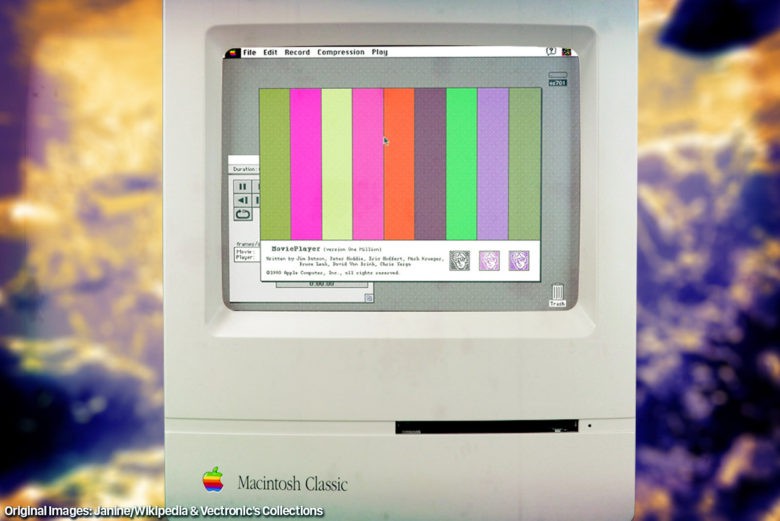


 December 1, 1981: After the disastrous rollout of the “next-gen” Apple III the previous year, Apple corrects the computer’s most glaring hardware faults and relaunches it. The revised edition of the Apple III
December 1, 1981: After the disastrous rollout of the “next-gen” Apple III the previous year, Apple corrects the computer’s most glaring hardware faults and relaunches it. The revised edition of the Apple III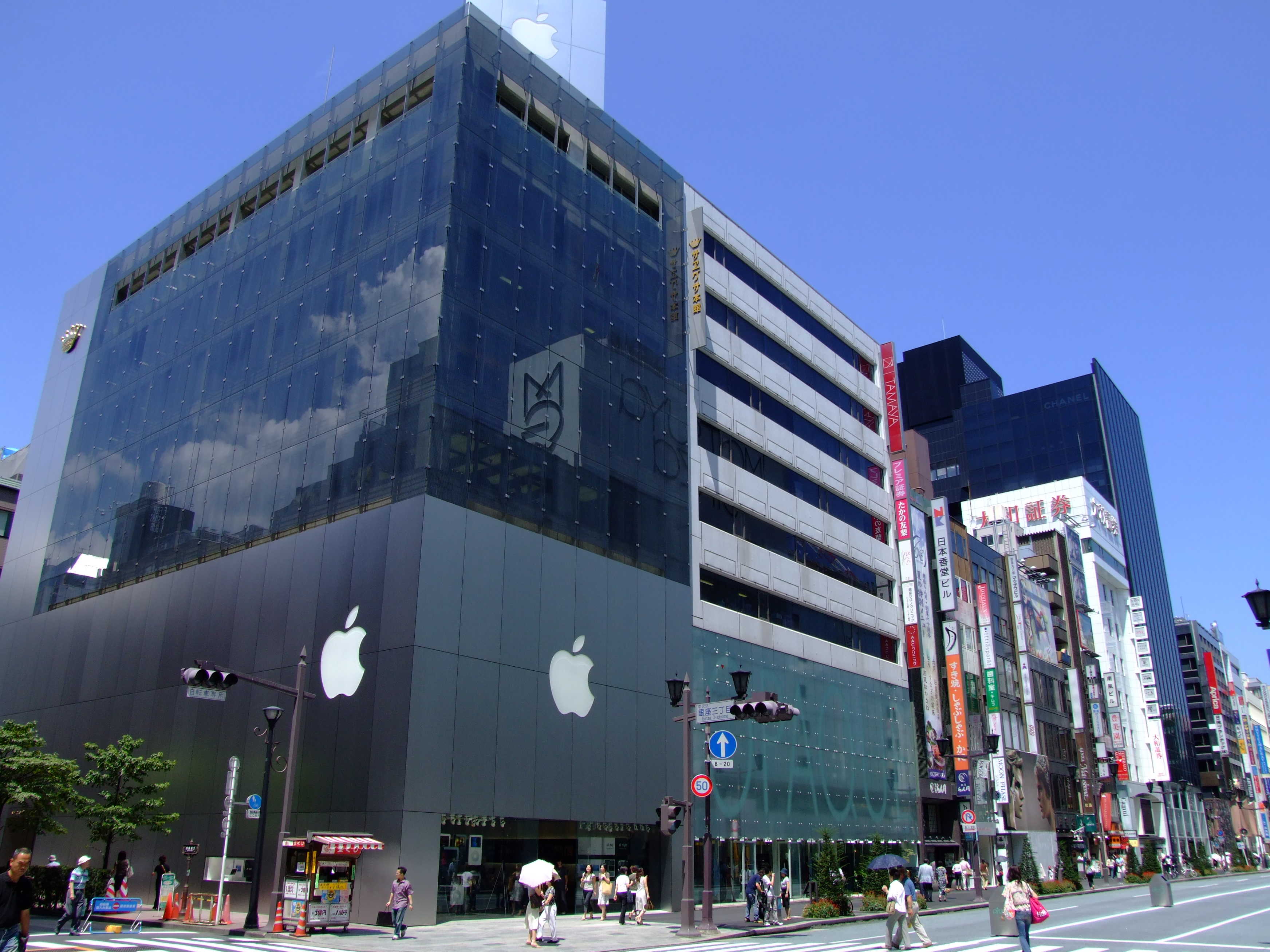
 November 30, 2003: Apple expands its retail chain outside the United States for the first time, opening an Apple Store in Tokyo’s trendy Ginza shopping district.
November 30, 2003: Apple expands its retail chain outside the United States for the first time, opening an Apple Store in Tokyo’s trendy Ginza shopping district.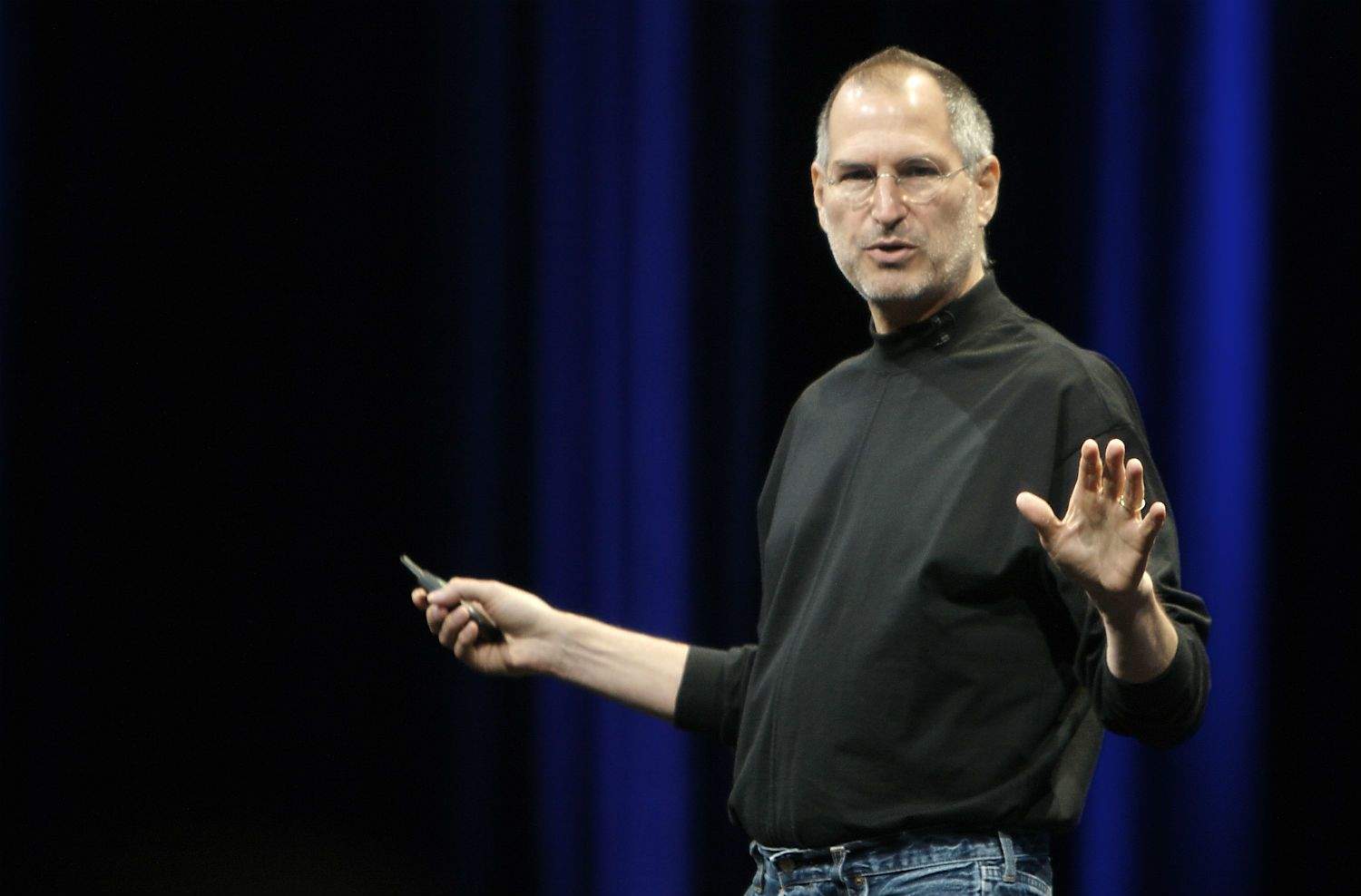
 November 29, 1995: Capitalizing on the success of Toy Story, Pixar floats 6.9 million shares on the stock market. The Pixar IPO makes Steve Jobs, who owns upward of 80% of the animation studio, a billionaire.
November 29, 1995: Capitalizing on the success of Toy Story, Pixar floats 6.9 million shares on the stock market. The Pixar IPO makes Steve Jobs, who owns upward of 80% of the animation studio, a billionaire.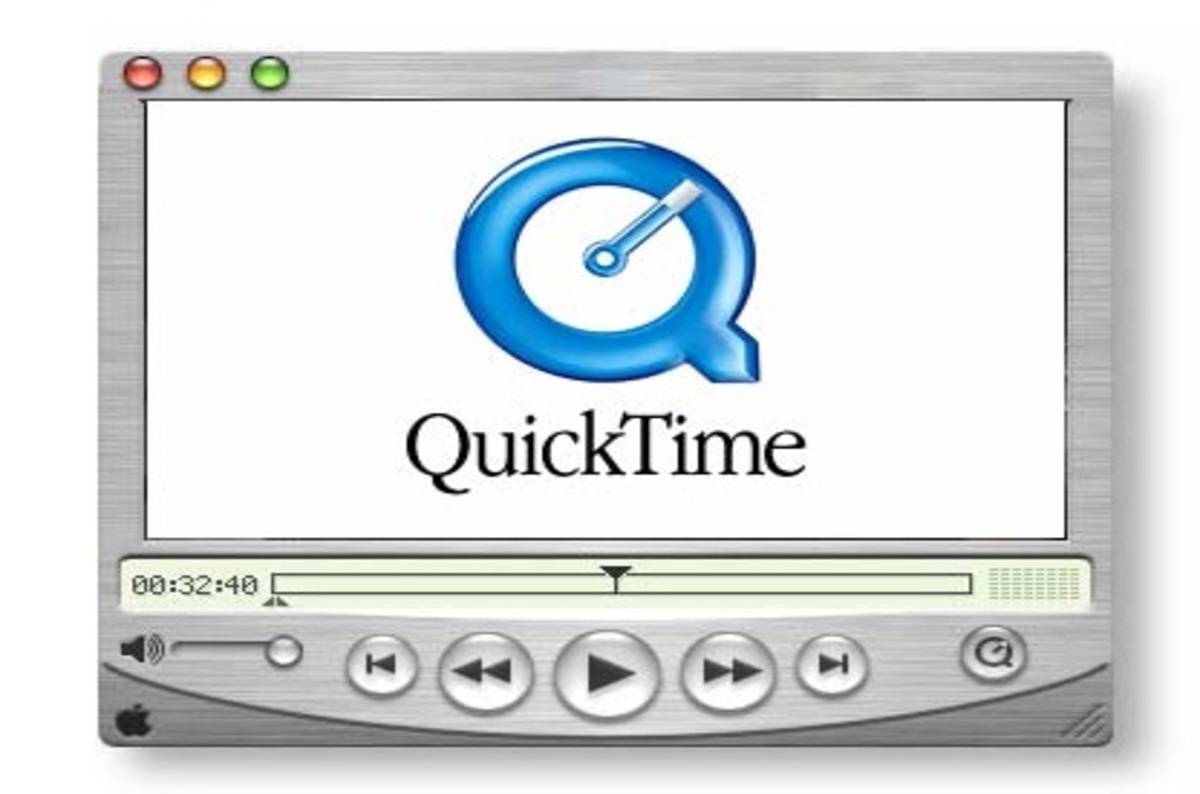
 November 28, 2001: Apple says users download QuickTime 5 for Mac and PC a million times every three days, putting the multimedia software on track to exceed 100 million downloads in its first year of distribution. The announcement comes as websites adopt the MPEG-4 format, and online video begins to take off in a big way.
November 28, 2001: Apple says users download QuickTime 5 for Mac and PC a million times every three days, putting the multimedia software on track to exceed 100 million downloads in its first year of distribution. The announcement comes as websites adopt the MPEG-4 format, and online video begins to take off in a big way.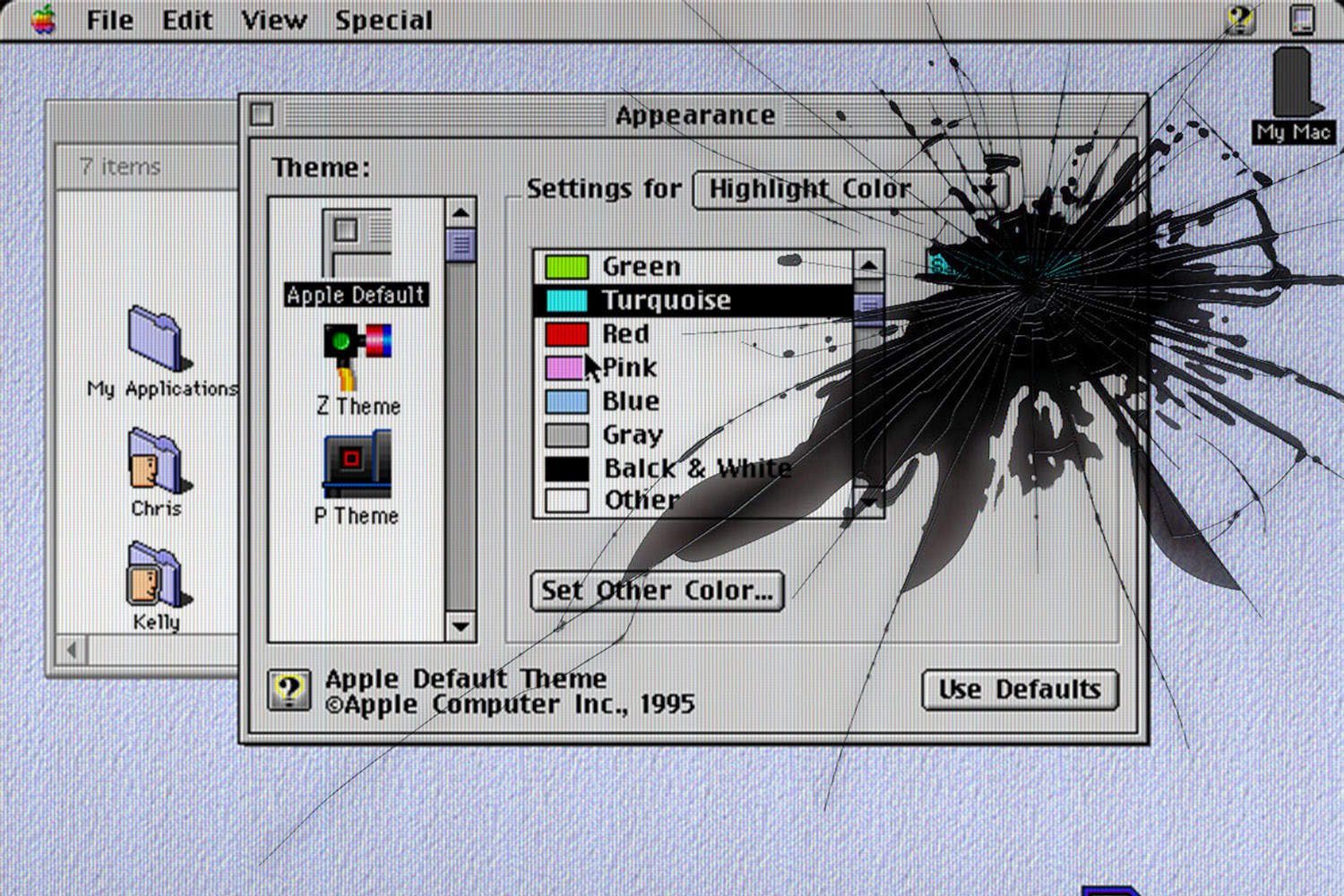
 November 17, 1995: Apple releases the first beta version of its new Mac OS Copland operating system to approximately 50 developers. Not so much a Mac OS update as a totally new operating system, it offers next-gen features designed to help Apple take on the then-mighty Windows 95.
November 17, 1995: Apple releases the first beta version of its new Mac OS Copland operating system to approximately 50 developers. Not so much a Mac OS update as a totally new operating system, it offers next-gen features designed to help Apple take on the then-mighty Windows 95.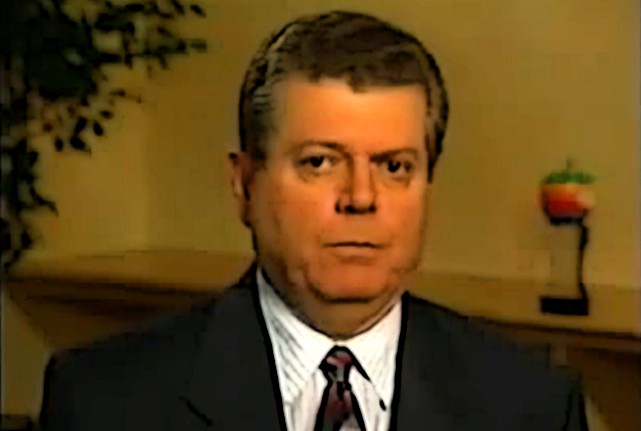
 November 9, 1994: Gil Amelio, a businessman with a reputation as a talented turnaround artist, joins Apple’s board.
November 9, 1994: Gil Amelio, a businessman with a reputation as a talented turnaround artist, joins Apple’s board.

 July 23, 2012: Looking for the perfect spokesman for
July 23, 2012: Looking for the perfect spokesman for 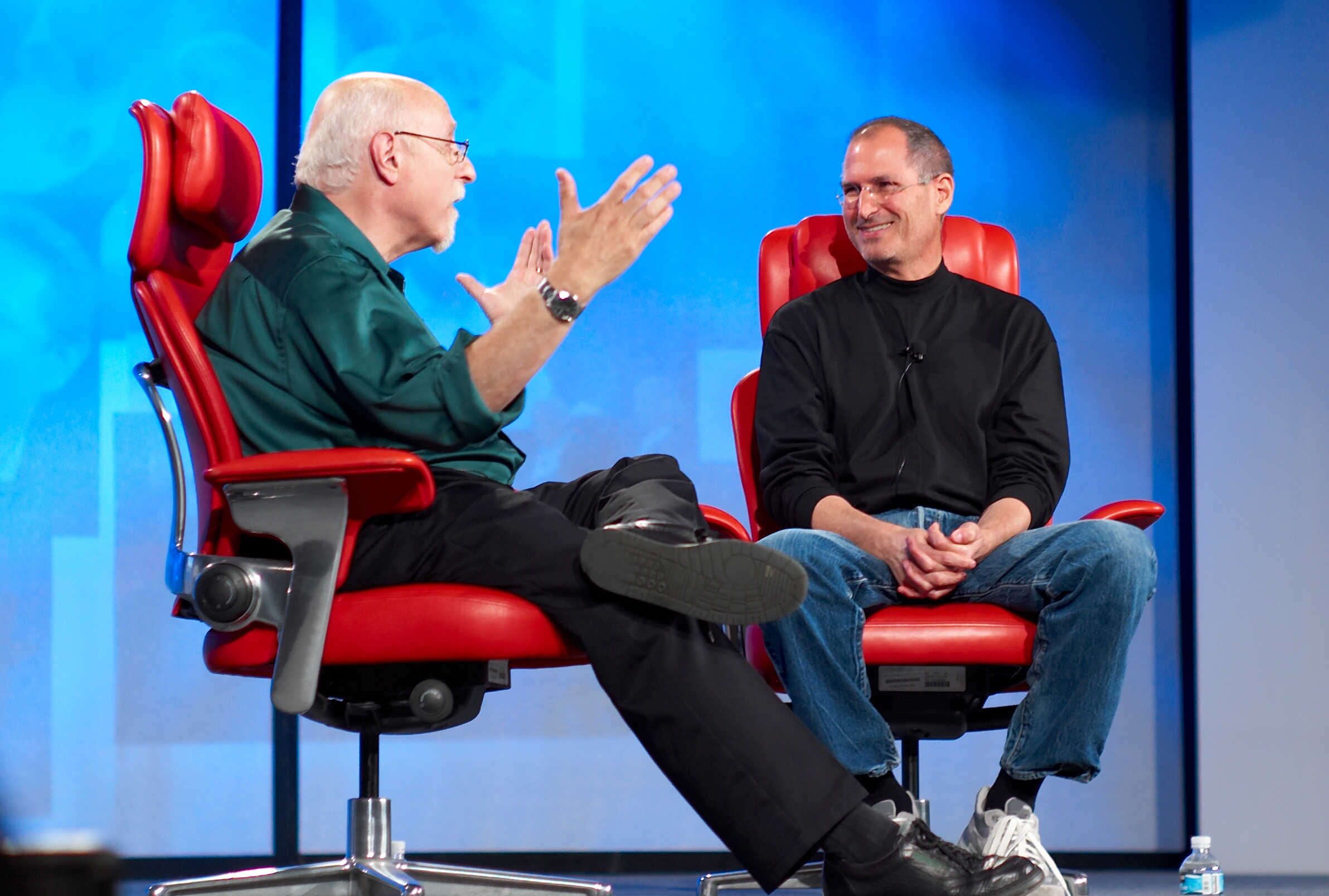
 June 12, 2007: With iPhone frenzy hitting a fever pitch in the buildup to the device’s launch, journalist Walt Mossberg sends the Apple world into a tizzy by whipping out a prerelease unit during a speech. The Wall Street Journal columnist is one of a handful of tech writers given early access to Apple’s revolutionary smartphone so he can put it through its paces for a review.
June 12, 2007: With iPhone frenzy hitting a fever pitch in the buildup to the device’s launch, journalist Walt Mossberg sends the Apple world into a tizzy by whipping out a prerelease unit during a speech. The Wall Street Journal columnist is one of a handful of tech writers given early access to Apple’s revolutionary smartphone so he can put it through its paces for a review.
 May 19, 1980: Apple introduces the Apple III at the National Computer Conference in Anaheim, California. After two years of development, the business-oriented computer arrives to follow the
May 19, 1980: Apple introduces the Apple III at the National Computer Conference in Anaheim, California. After two years of development, the business-oriented computer arrives to follow the 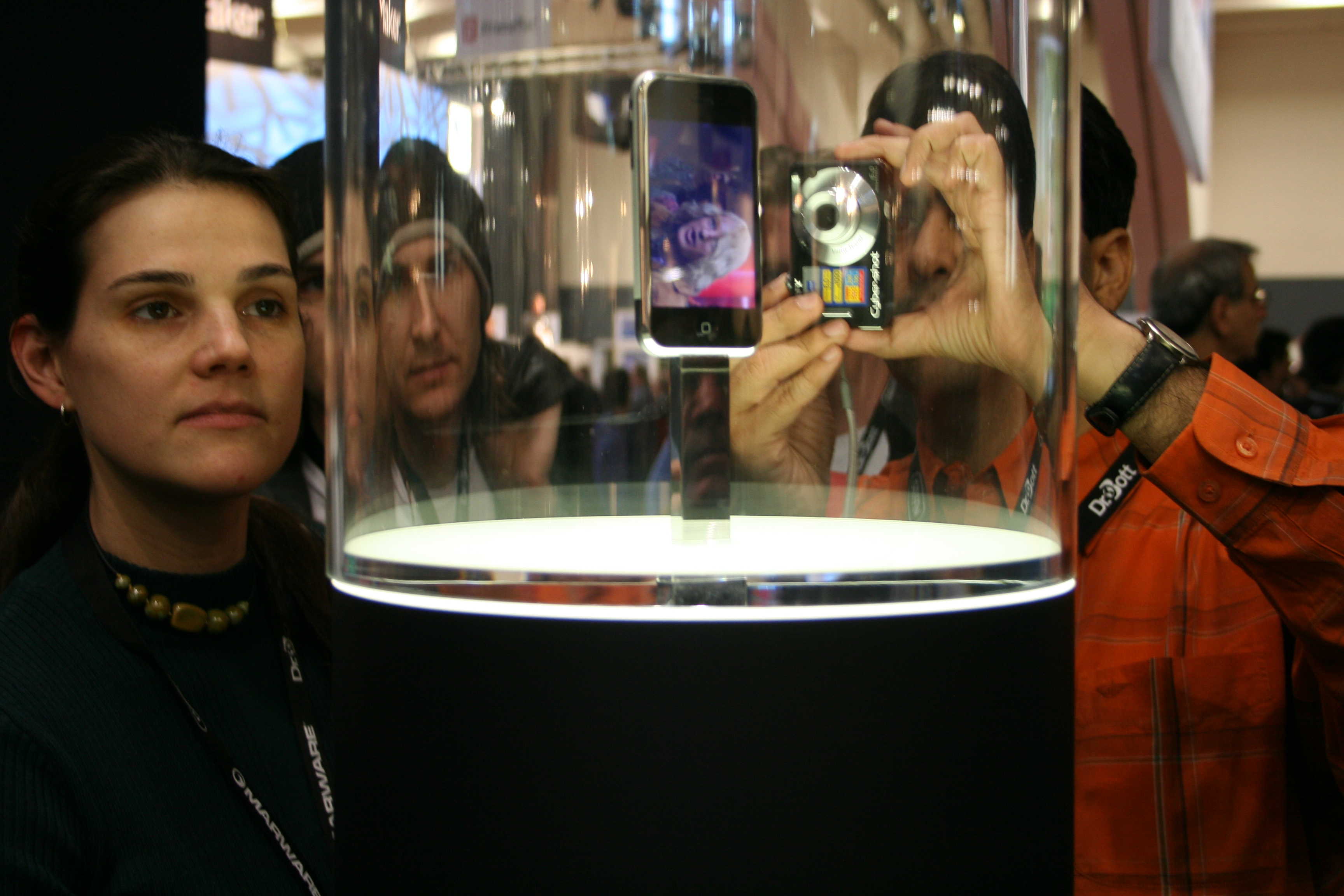
 September 5, 2007: Just months after the
September 5, 2007: Just months after the 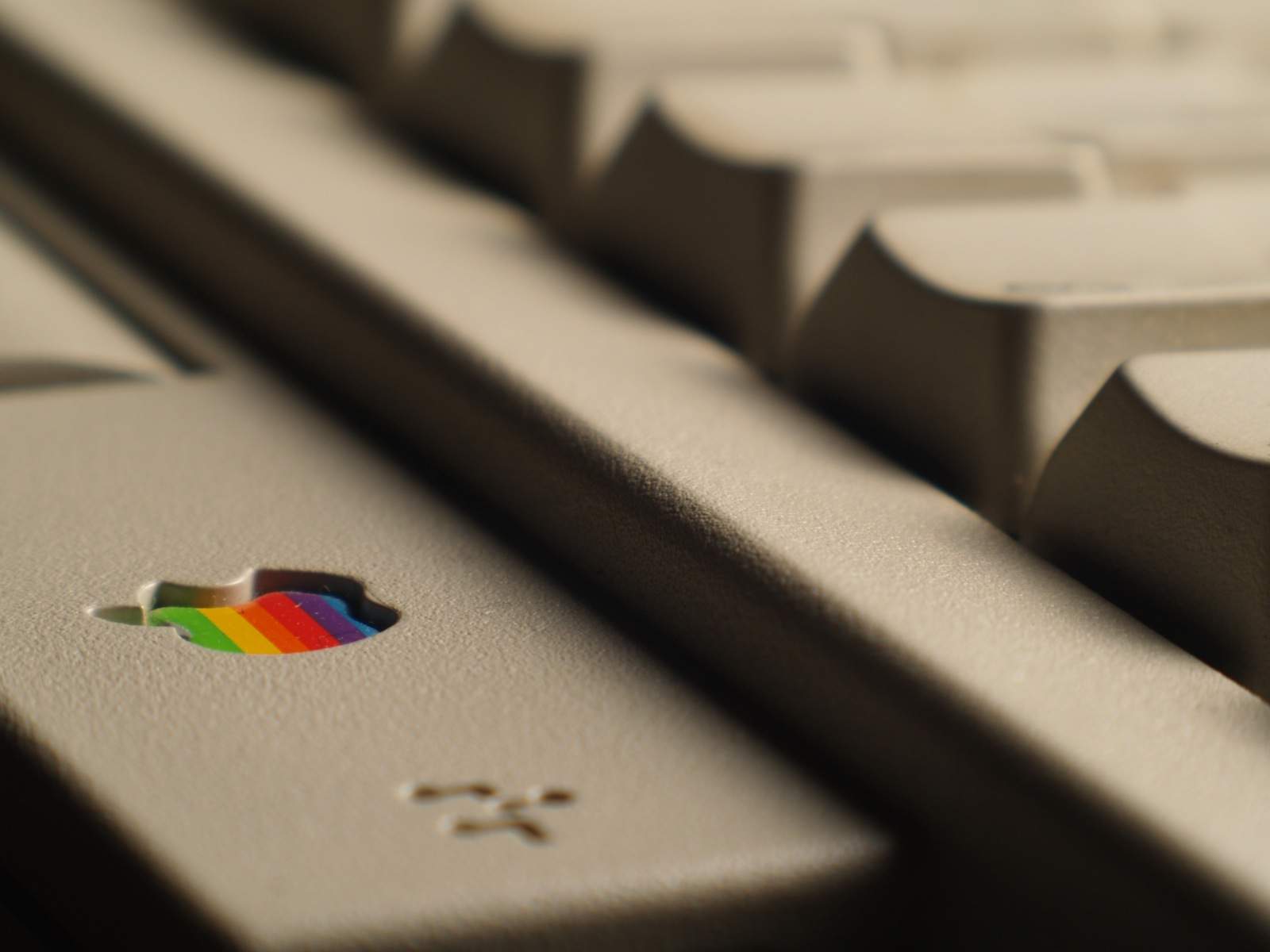
 August 30, 1990: A 112-page confidential Apple memo lays out what the company must do to make the Macintosh division a marketplace contender.
August 30, 1990: A 112-page confidential Apple memo lays out what the company must do to make the Macintosh division a marketplace contender.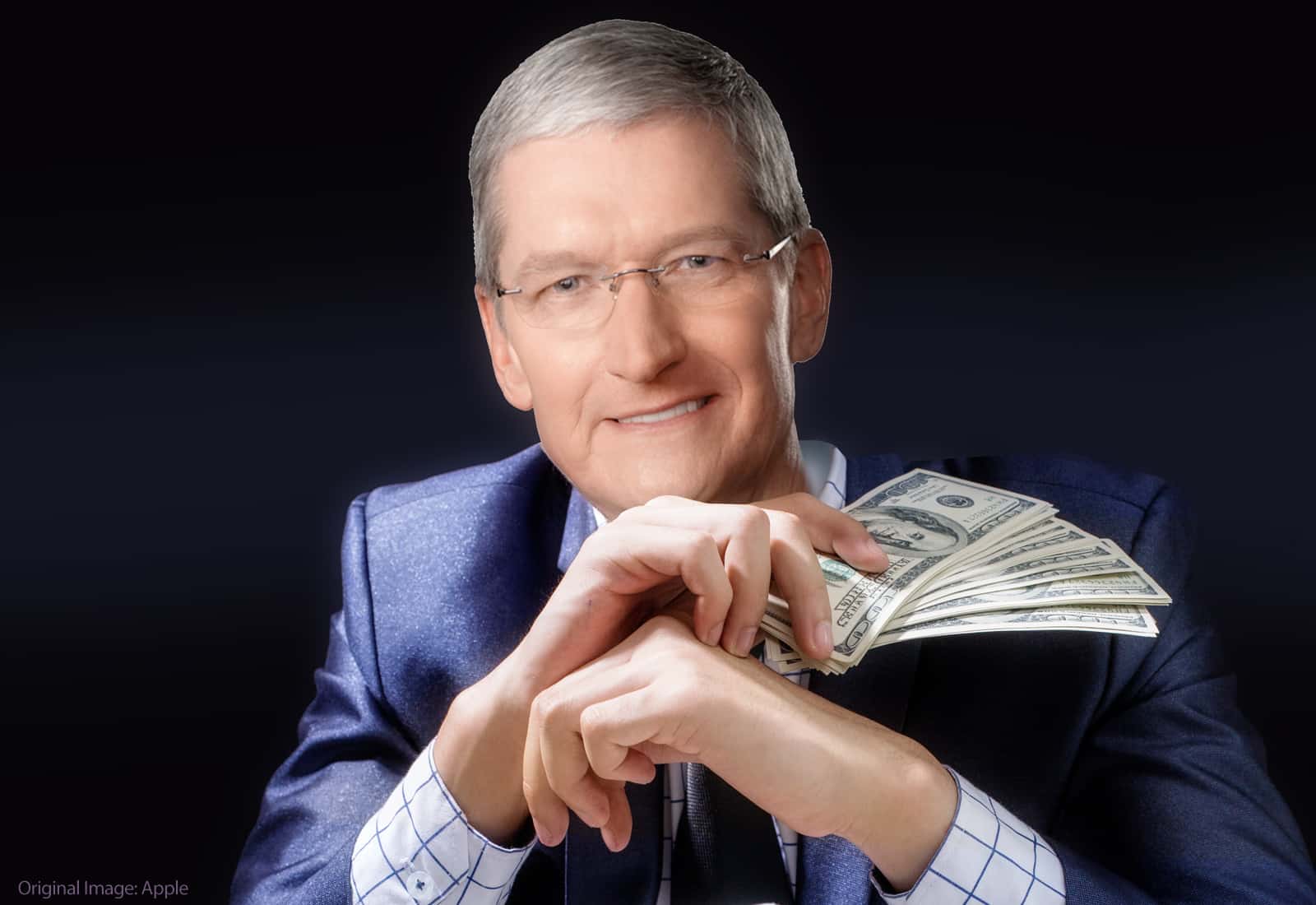
 August 20, 2012: Apple passes a financial milestone as it becomes the most valuable publicly traded stock ever.
August 20, 2012: Apple passes a financial milestone as it becomes the most valuable publicly traded stock ever.
 August 18, 2014: A Christmas-themed iPhone ad lands Apple an Emmy for “Most Outstanding Commercial of the Year.”
August 18, 2014: A Christmas-themed iPhone ad lands Apple an Emmy for “Most Outstanding Commercial of the Year.”
 August 11, 1950: Apple co-founder Steve Wozniak is born. While Steve Jobs may be the most admired Apple figure, Woz might be the most well-loved by fans.
August 11, 1950: Apple co-founder Steve Wozniak is born. While Steve Jobs may be the most admired Apple figure, Woz might be the most well-loved by fans.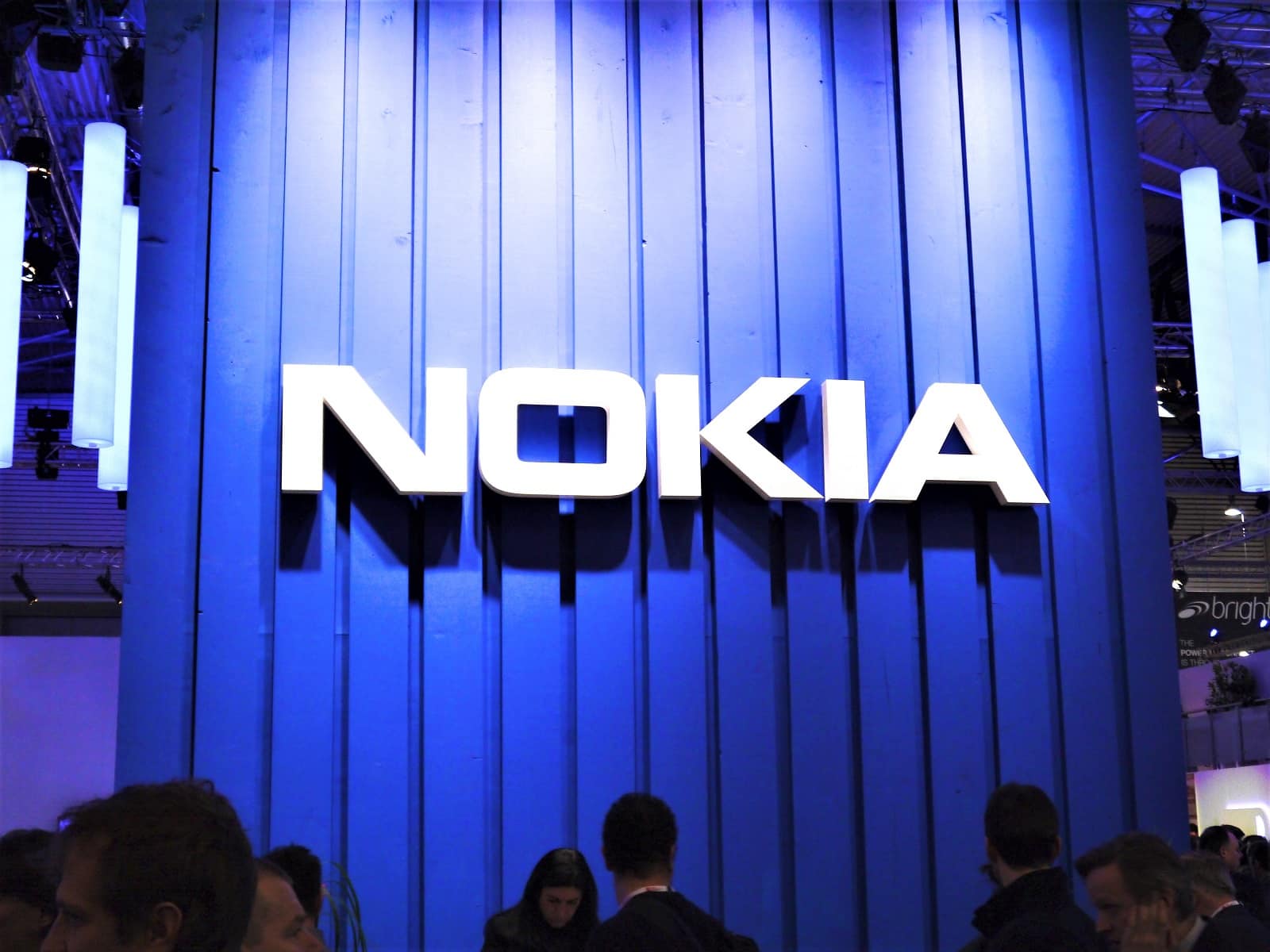
 July 21, 2011: Apple officially passes Nokia to become the world’s top smartphone vendor.
July 21, 2011: Apple officially passes Nokia to become the world’s top smartphone vendor.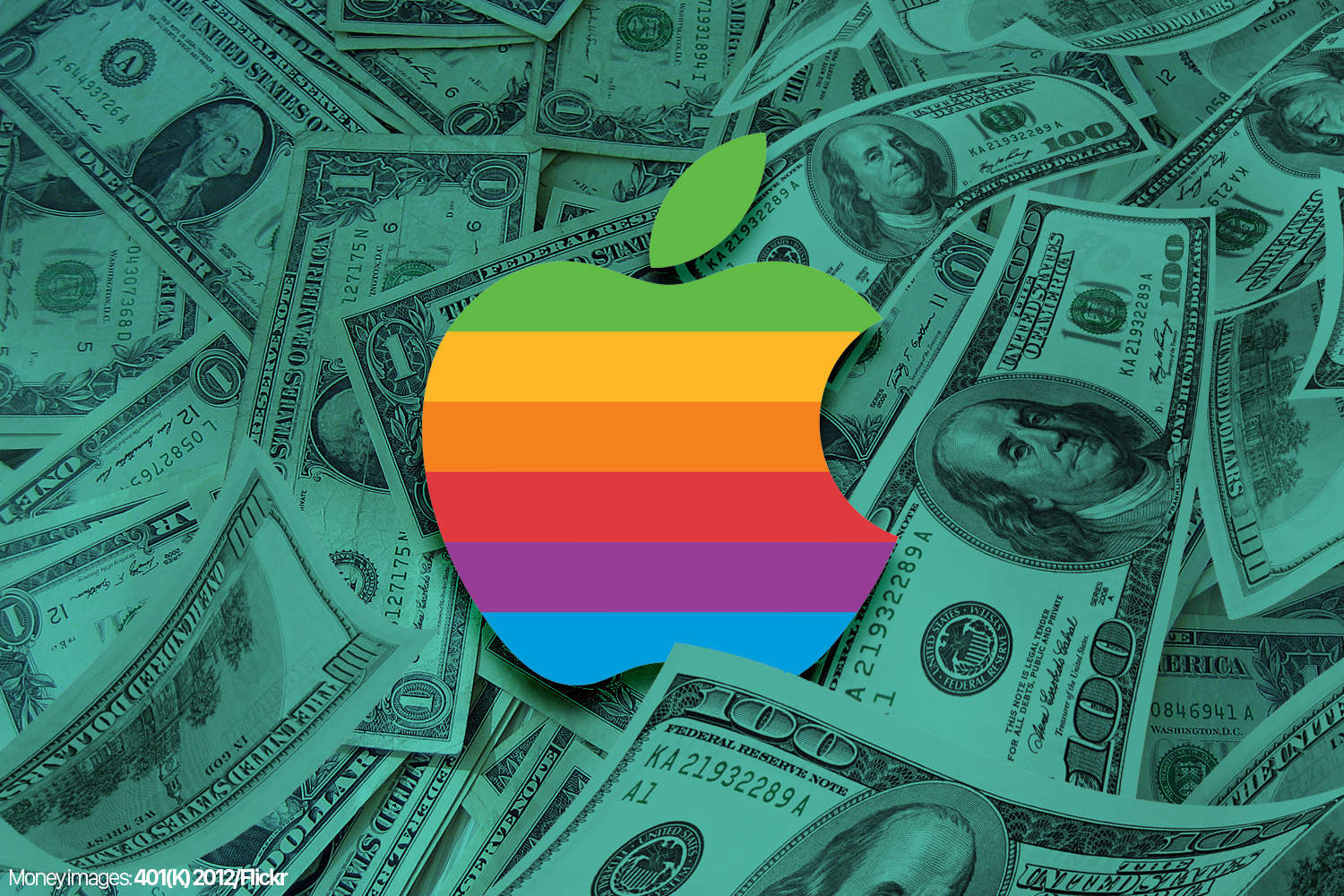
 July 15, 1998: Apple reports its third profitable quarter after the return of Steve Jobs, continuing the company’s remarkable turnaround.
July 15, 1998: Apple reports its third profitable quarter after the return of Steve Jobs, continuing the company’s remarkable turnaround.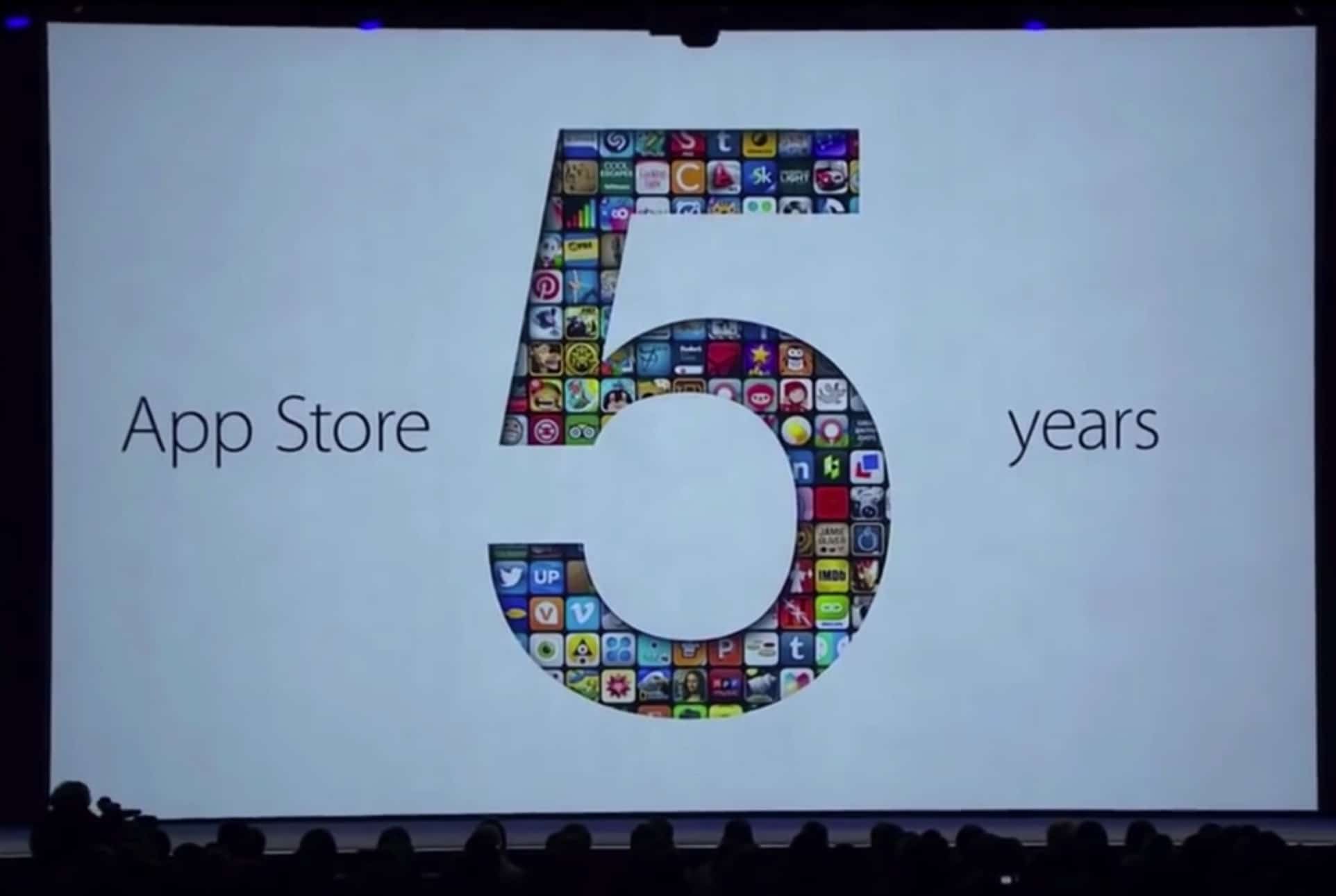
 June 10, 2013: Apple passes a major milestone in iOS history, as payments to app developers top $10 billion on the App Store’s fifth birthday.
June 10, 2013: Apple passes a major milestone in iOS history, as payments to app developers top $10 billion on the App Store’s fifth birthday.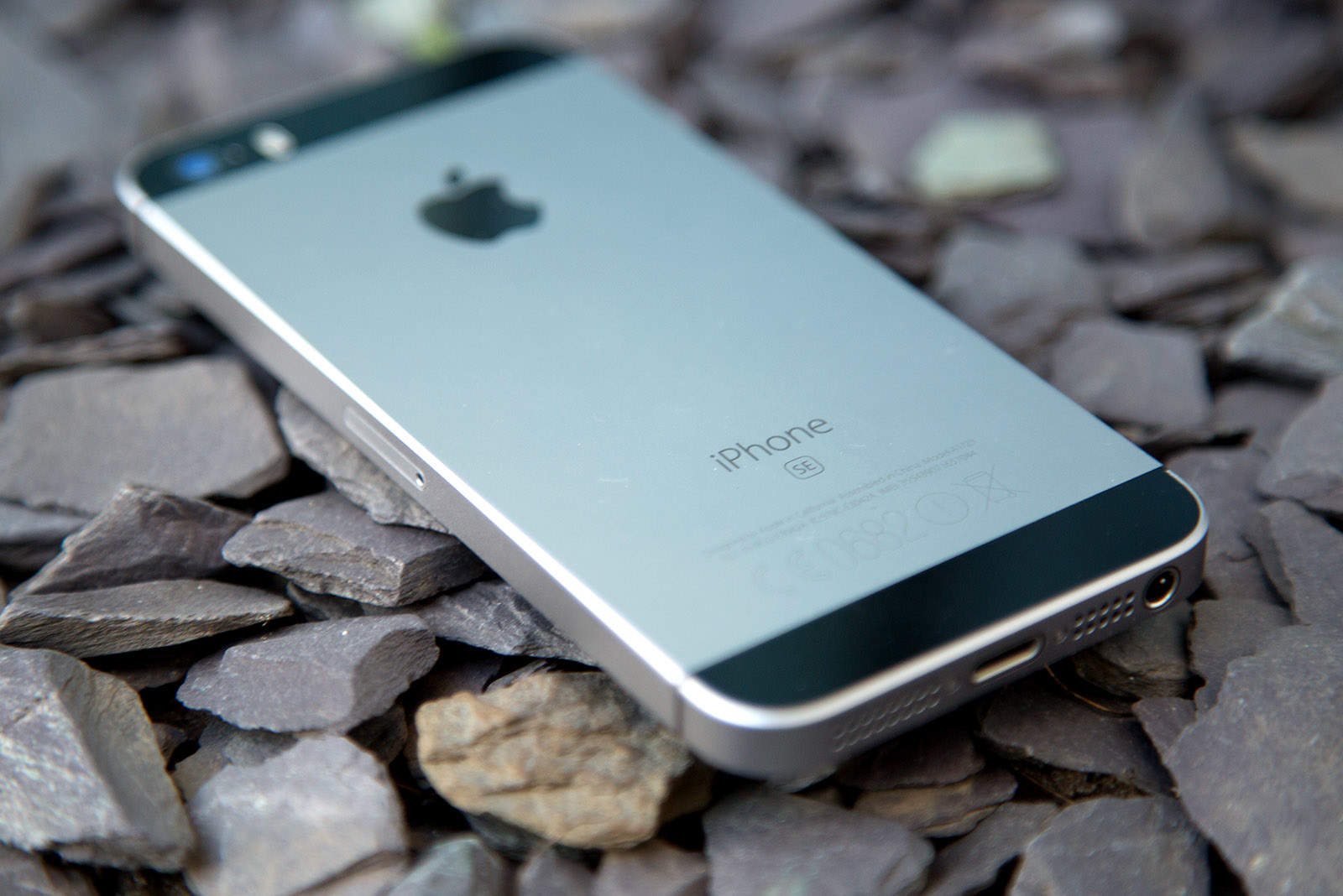
 December 14, 1999: Apple acquires the domain name www.iphone.org, prompting years of speculation that Cupertino is considering building a cellphone. While the news generates interest, some take it as a warning sign.
December 14, 1999: Apple acquires the domain name www.iphone.org, prompting years of speculation that Cupertino is considering building a cellphone. While the news generates interest, some take it as a warning sign.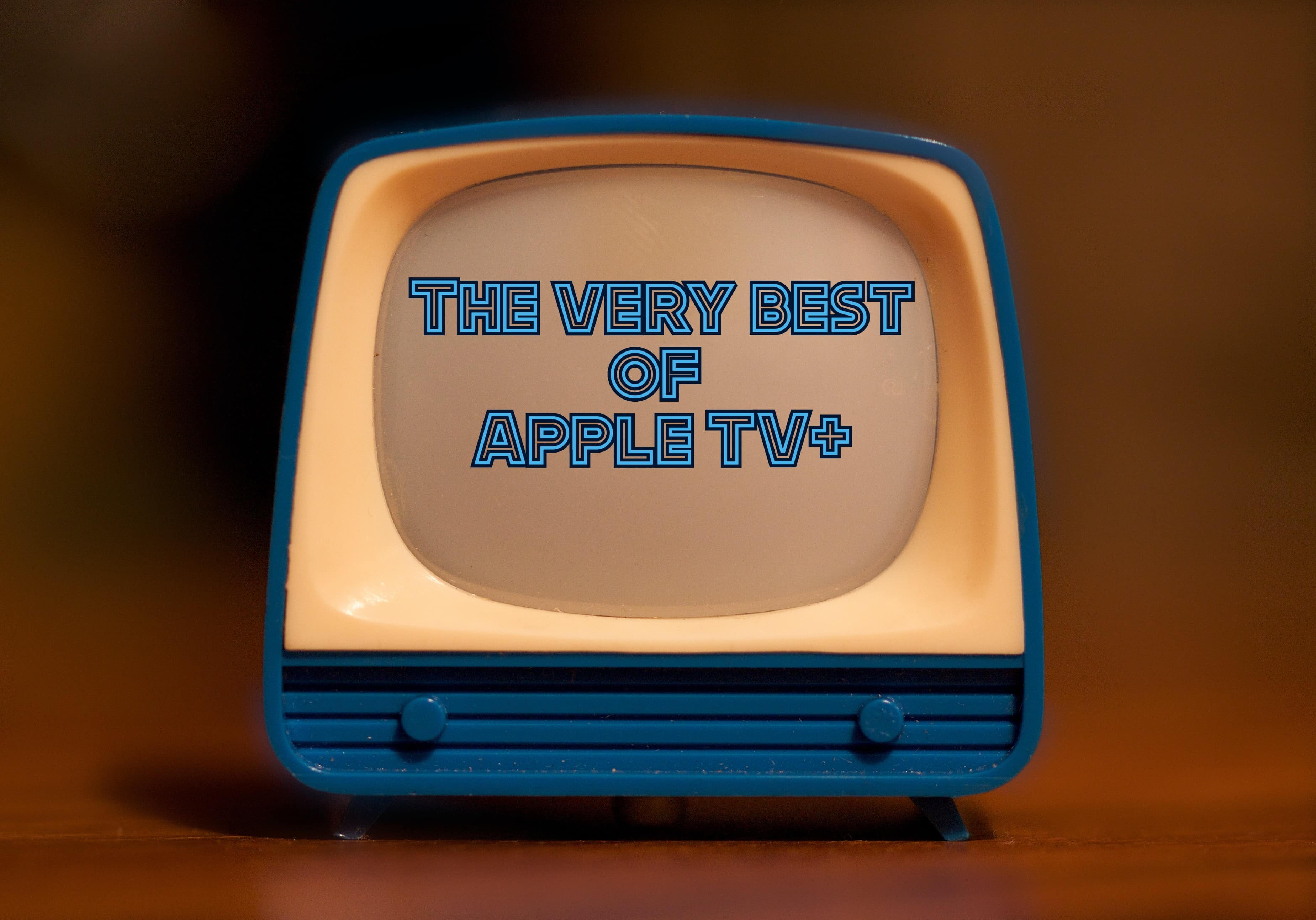

 September 12, 2012: Apple introduces the iPhone 5, with a super-slim form factor that makes it the thinnest smartphone in the world.
September 12, 2012: Apple introduces the iPhone 5, with a super-slim form factor that makes it the thinnest smartphone in the world.![C:\>BANNED! Apple gives DOS game emulator for iOS the heave-ho [Updated] iDOS 2](https://www.cultofmac.com/wp-content/uploads/2021/07/dospad-family.jpg)

